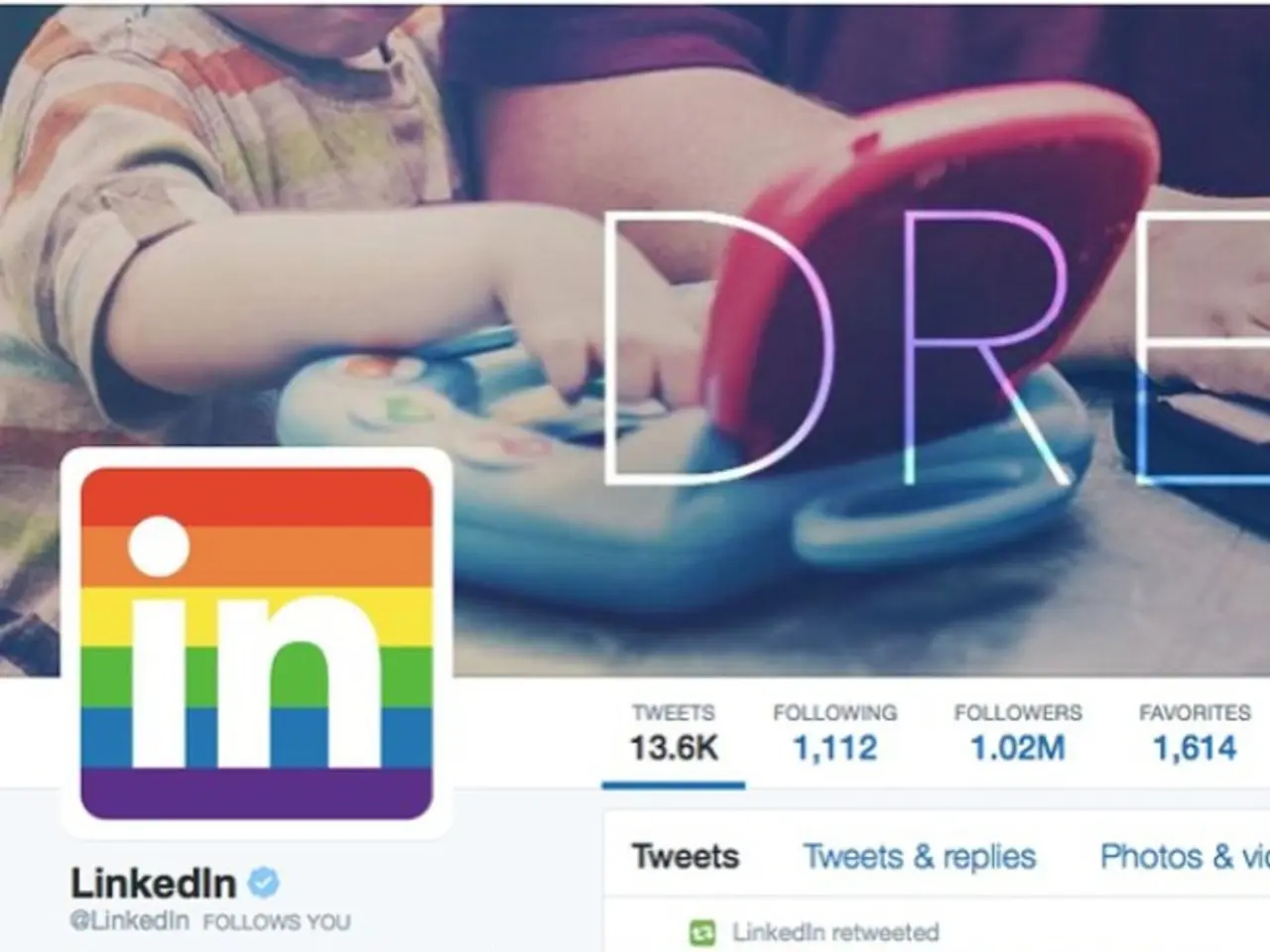Understanding LinkedIn Ad Statistics: A Guide to Evaluating Your Advertising Results
In the realm of digital marketing, understanding the effectiveness of LinkedIn advertising is paramount for businesses seeking to connect with professionals and influential decision-makers. To achieve this, a focus on key performance metrics that align with your specific advertising goals is essential.
Key Performance Metrics to Consider
- Click-Through Rate (CTR): This metric measures the percentage of users who click on your ads after seeing them, providing insight into the relevance and appeal of your advertising content.
- Conversion Rate (CVR): This metric indicates the percentage of users who complete a desired action, such as form fills or sign-ups, after clicking on your ad.
- Cost Per Click (CPC): This metric helps evaluate the cost-efficiency of traffic acquisition, providing valuable information about the cost of each click on your ad.
- Cost Per Lead (CPL) / Cost Per Acquisition (CPA): These metrics are crucial for understanding the return on investment (ROI) on lead-generation campaigns, as they show the cost to generate a lead or customer.
- Impressions and Reach: These metrics are important for brand awareness campaigns, as they show the number of times ads are shown and the unique users who see them, respectively.
- Lead Volume and Lead Quality: These metrics are useful for B2B and sales-driven goals, as they show the total leads generated and their alignment with your ideal customer profile, respectively.
- Engagement Metrics: These metrics, including likes, shares, and comments, help gauge audience interaction and content resonance.
For Different Goals, Focus on These Metrics
| Goal | Key Metrics to Track | Additional Tips | |----------------------|-------------------------------------------------------------------------|---------------------------------------------------------| | Brand Awareness | Impressions, Reach, Frequency, Engagement rates (likes, shares, comments) | Track consistency and floor performance over time | | Lead Generation | CTR, Conversion Rate, Lead Volume, CPL, Lead Quality | Optimize ad creative and landing pages, monitor form conversions | | Sales / ROI | Conversion Rate, CPA, CRM pipeline data, UTM-based multi-channel tracking| Sync LinkedIn with CRM to track leads through funnel | | Content Engagement | Engagement rates, CTR, Content reach | Review which formats (videos, articles) perform best |
Common Pitfalls to Avoid
- Over-focusing on vanity metrics like impressions without engagement
- Ignoring connecting ad data to actual sales or CRM pipelines
- Judging by a single day’s data rather than trends over time
- Neglecting to optimize ads and landing pages based on metric insights
By monitoring these metrics thoroughly and tailoring analysis to your campaign objectives, you can effectively measure and improve the impact of your LinkedIn advertising efforts.
Embracing a Wider Perspective
High impressions but low clicks may indicate that ads are visible but not compelling enough to inspire action. Adaptability is crucial in navigating the complex landscape of metrics, transforming raw data into a potent tool for growth. Engagement and follower growth are important metrics to consider, as they nurture trust and build lasting connections over time. Minor tweaks to ad headlines, visuals, calls to action, and imagery can result in a soaring CTR and more conversions. Embracing a wider perspective on brand perception and relationships established through ad efforts is essential for genuine success.
To gain a full picture, use LinkedIn’s native analytics tools combined with conversion tracking and integrate with your CRM (like HubSpot or Salesforce) plus add UTM parameters to your URLs for multi-channel attribution and better ROI measurement. For further insights, visit this weblink.
- Engagement rates (likes, shares, comments) can help gauge audience interaction and content resonance, providing insights on the appeal of advertising content.
- The cost per lead (CPL) or cost per acquisition (CPA) is essential for understanding the return on investment (ROI) on lead-generation campaigns, demonstrating the cost to generate a lead or customer.
- A focus on brand awareness goals requires tracking metrics such as impressions, reach, frequency, and engagement rates to measure the effectiveness of campaigns in raising brand awareness and creating lasting connections.
- Integrating conversion tracking with a CRM platform, such as HubSpot or Salesforce, and adding UTM parameters to URLs can provide a full picture of the impact of LinkedIn advertising efforts, enabling more accurate ROI measurement.




